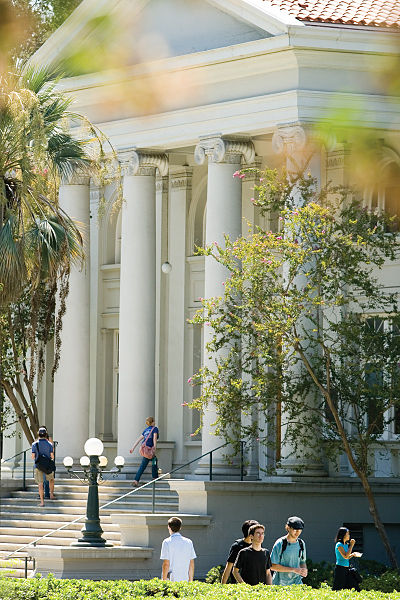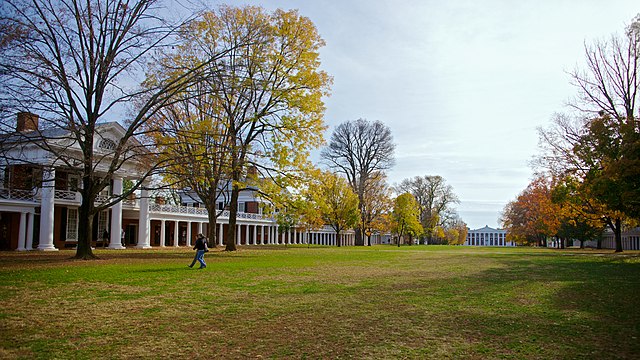A Bachelor of Arts is a bachelor's degree awarded for an undergraduate program in the liberal arts, or, in some cases, other disciplines. A Bachelor of Arts degree course is generally completed in three or four years, depending on the country and institution.Degree attainment typically takes five or more years in Argentina, Brazil, and Chile.
Degree attainment typically takes four years in Afghanistan, Armenia, Azerbaijan, Bangladesh, Brunei, Bulgaria, Canada, China, Egypt, Finland, Georgia, Ghana, Greece, Hong Kong, India, Indonesia, Iran, Iraq, Ireland, Japan, Kazakhstan, Kenya, Kuwait, Latvia, Lebanon, Lithuania, Malaysia, Mexico, Mongolia, Myanmar, Nepal, the Netherlands, Nigeria, Pakistan, the Philippines, Qatar, Russia, Saudi Arabia, Scotland, Serbia, Singapore, South Africa, South Korea, Spain, Sri Lanka, Taiwan, Thailand, Turkey, Ukraine, the United States, and Zambia.
Degree attainment typically takes three years in Albania, Algeria, Australia, Austria, Bosnia and Herzegovina, the Caribbean, Denmark, France, Germany, Iceland, Israel, Italy, Montenegro, New Zealand, Norway, Poland, the Canadian province of Quebec, South Africa, Switzerland, the United Kingdom, and most of the European Union. In Bangladesh, China, Indonesia, Nigeria, Pakistan, and Russia, three-year BA (associates) courses are also available. A three-year bachelor's degree usually does not qualify the holder for admission to graduate programs in other countries where four-year bachelor degrees are the standard prerequisite.

A Bachelor of Arts degree from Northwestern University
Undergraduate education is education conducted after secondary education and before postgraduate education, usually in a college or university. It typically includes all postsecondary programs up to the level of a bachelor's degree. For example, in the United States, a student pursuing an associate or bachelor's degree is known as an undergraduate student while a student pursuing a master's or doctoral degree is a graduate student. Upon completion of courses and other requirements of an undergraduate program, the student would earn the corresponding degree. In some other educational systems, undergraduate education is postsecondary education up to and including the level of a master's degree; this is the case for some science courses in Britain and some medicine courses in Europe.
Pomona College in Claremont, California, a liberal arts college offering undergraduate education
The University of Virginia
The University of Hong Kong
University of Madras





